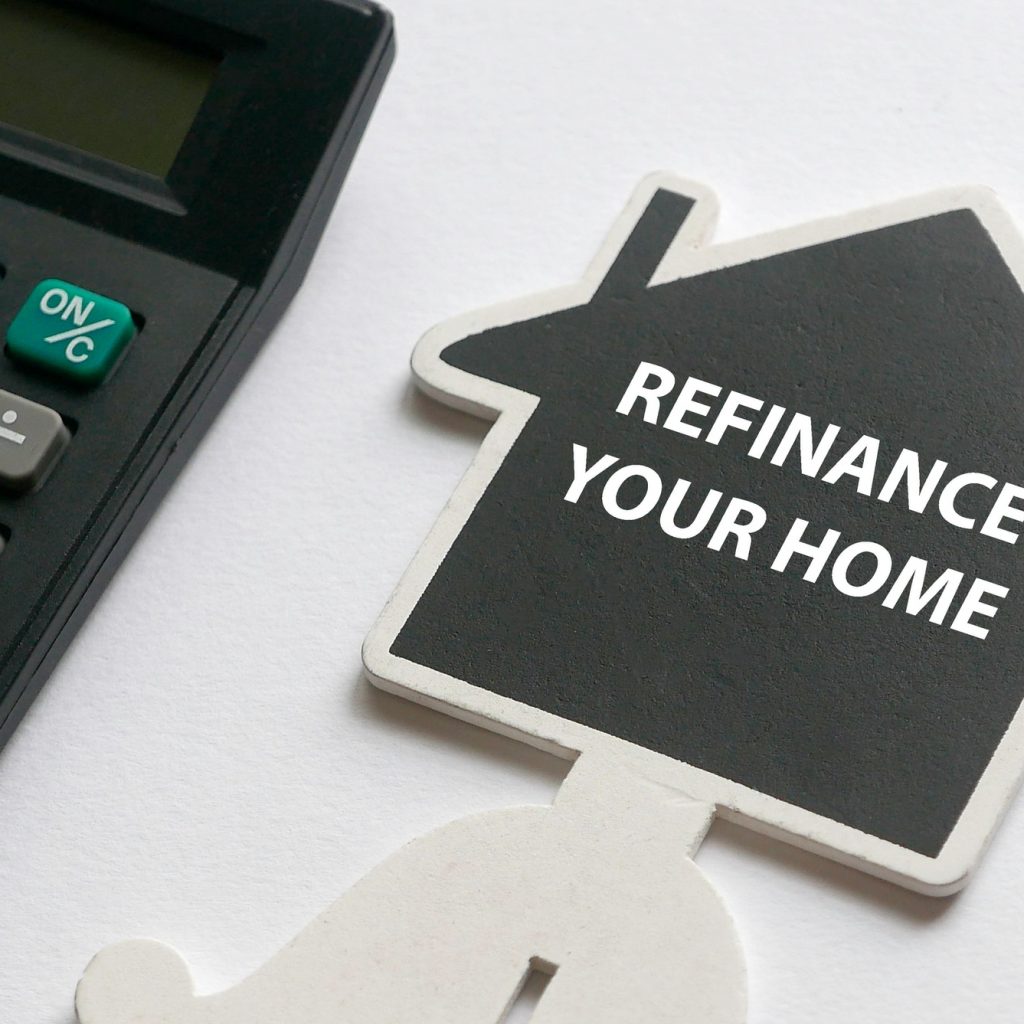Reasons to Refinance
If you’re refinancing to save money, make sure to count all the costs (closing too) and look at the long term.

What’s involved in a refinance?
- Application
- Locking in your interest rates
- Underwriting
- Home Appraisal
- Closing & Costs
Application Process
The refinance process is easier than applying for a loan to purchase a home, but there are similarities. First, you apply for refinancing in the same way you do when purchasing a home. They will need the same information and documentation: Income, debt, and asset. Your broker will pull your credit and determine if you meet the requirements for a refinance which now includes, in most cases, having at least 20% equity built up in your home. Once you’re approved, your broker will shop around to find you the best rates.
Interest Rates
You can choose to lock in your rates during this process ensuring that if they go up during the lock period, you can keep the lower rate. Rate locks last form 15-60 days based on lender and loan program. If you don’t close within that rate lock period, it may cost money to extend and keep that rate.
Some lenders give you the option of a rate float-down. This means you pay a fee that allows you to lock in a lower rate at any point during the mortgage loan process. It could cost anywhere between a few to several hundred dollars.
Lenders won’t automatically notify you of rate changes. It’s up to the borrower to stay on top of the changing rates and notify the broker or lender when they want to lock in certain rate.
Underwriting
Underwriting is the mortgage lender’s process for verifying all the documentation and assessing the risk of lending money to you. This review includes an examination of the appraisal, your credit report, and any additional documentation that is relevant to the loan. The lender will order the home appraisal.
The Appraisal
The appraisal is an important part of the refinancing process. It verifies the value of your home. This will impact how much cash-out you receive if you’re doing a cash-out refinance, or it could determine if you can get rid of private mortgage insurance (PMI).

As long as the home appraisal is equal to the amount of the loan or higher, there should be no problem. If appraises below, you can cancel the application or pay cash to make up the difference and keep the loan moving forward.
Closing
Closing costs apply with refinancing. They include loan origination, appraisal, property taxes, title, and credit check fees. The average cost of a refinance is 2-3% of the loan amount. Some lenders will roll your closing costs into your loan.
Just like with your home purchase, the lender will send you the closing disclosure that includes all the numbers for your loan. The closing itself is faster. If you’re doing a cash-out refinance, you’ll receive the funds after the closing.


